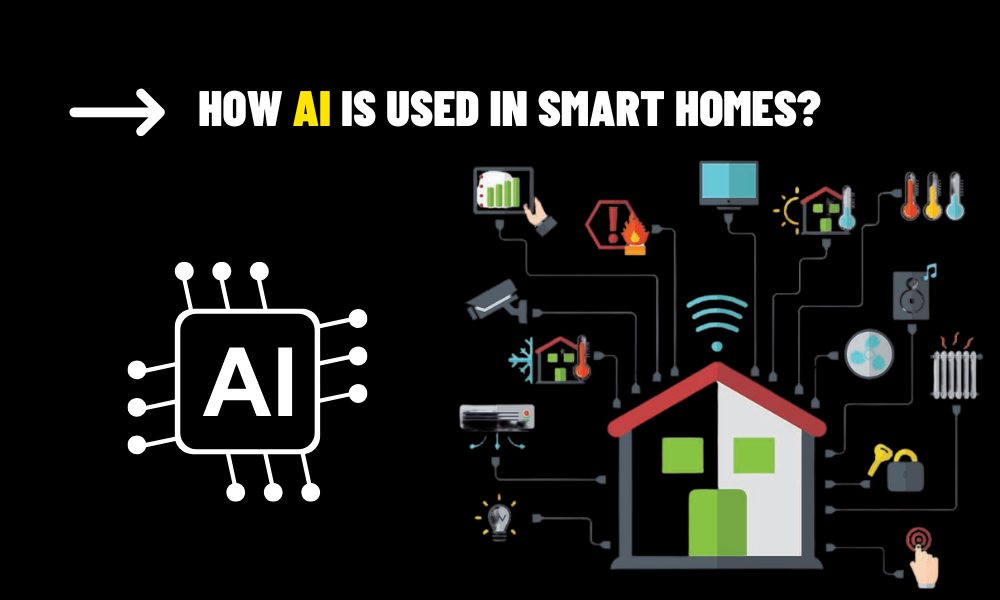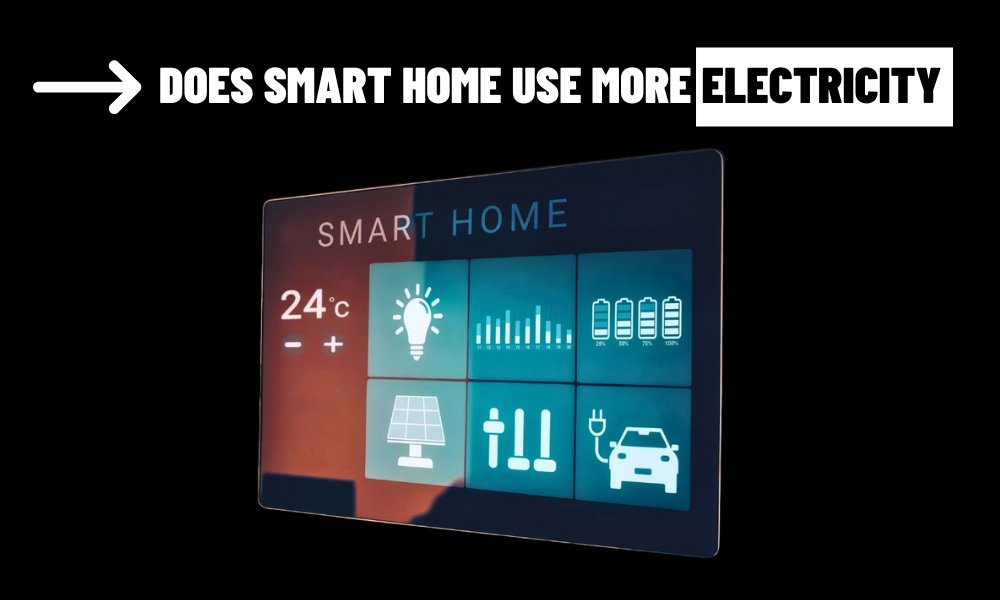Artificial Intelligence (AI) is no longer confined to research labs or tech startups. It has quietly moved into our homes, embedded within thermostats, lights, cameras, and voice assistants. But unlike traditional automation that simply follows rules, AI gives smart homes the ability to learn, adapt, and make decisions. So, how is AI used in smart homes, and what does this evolution mean for the way we live?
This article takes a deep dive into the practical and transformative ways AI enhances the smart home ecosystem, going beyond convenience to deliver personalized, proactive living environments.
Contents
How Is AI Used in Smart Homes?
From Automation to Intelligence
At its most basic level, a smart home uses devices that can be remotely controlled and scheduled. You might program your lights to turn on at 6 PM or set your thermostat to lower the temperature while you sleep. These are examples of traditional automation—effective but static.
AI brings a new dimension to this system. It allows smart devices to learn from user behavior, analyze patterns, and respond dynamically. Rather than being limited to pre-set schedules, AI-enabled smart homes understand context, anticipate needs, and adjust without explicit instruction.
For example, a thermostat equipped with AI doesn’t just follow a time-based rule. It learns your comfort preferences, monitors weather conditions, detects when you’re home, and adjusts accordingly—without you needing to intervene.
Personalization Through Machine Learning
One of the most impactful ways AI is used in smart homes is through machine learning algorithms that personalize the environment. Over time, these algorithms gather data about your daily routines—when you wake up, leave for work, or wind down for the evening—and make real-time decisions based on that behavior.
Take smart lighting as an example. Instead of manually adjusting brightness throughout the day, AI can predict your lighting needs. If you usually dim the lights before watching a movie, the system begins to do that automatically after detecting the pattern.
This personalization is subtle but powerful. It transforms the home into a space that responds not just to commands, but to habits, moods, and preferences.

AI-Powered Voice Assistants and Natural Language Understanding
AI is also the force behind voice assistants like Amazon Alexa, Google Assistant, and Apple Siri. These platforms use natural language processing (NLP) to understand spoken commands and carry out complex tasks. What feels like a simple interaction—asking your assistant to turn on the lights or read the news—involves multiple layers of AI processing.
More advanced assistants can handle multi-step tasks through context awareness. For instance, if you say “I’m going to bed,” the system might understand this as a cue to turn off the living room lights, lock the doors, lower the thermostat, and activate the security system—based on prior interactions and learned preferences.
Predictive and Preventive Intelligence
Beyond reactive automation, AI allows for predictive behavior. This means the home doesn’t just respond to events—it can foresee them. A smart security camera, for example, can distinguish between a pet and a potential intruder using computer vision models, reducing false alarms. Some systems can even alert homeowners about unusual activity that deviates from regular patterns, offering a layer of preventive intelligence.
Appliance monitoring systems may also use AI to detect when a device is operating inefficiently or is likely to fail, suggesting maintenance before a breakdown occurs. In energy management, AI can optimize electricity use based on dynamic pricing, weather patterns, and occupancy trends—saving money and resources.
Conclusion
So, how is AI used in smart homes? It’s not just about controlling devices; it’s about creating a living space that understands and supports your life in intuitive ways. From personalized comfort settings to advanced security insights, AI turns a smart home into an intelligent ecosystem—one that evolves alongside its users. As AI continues to mature, our homes will become more proactive, adaptive, and human-centric than ever before.



